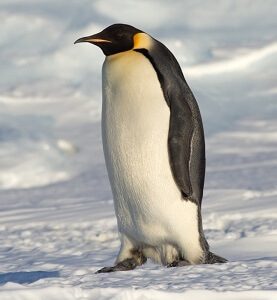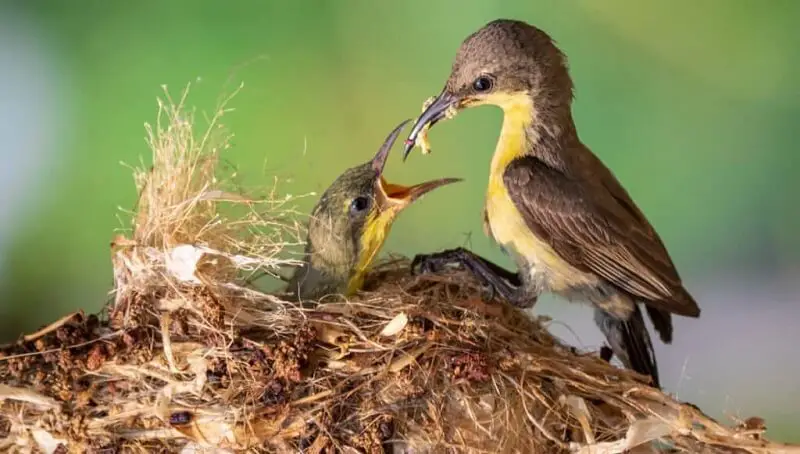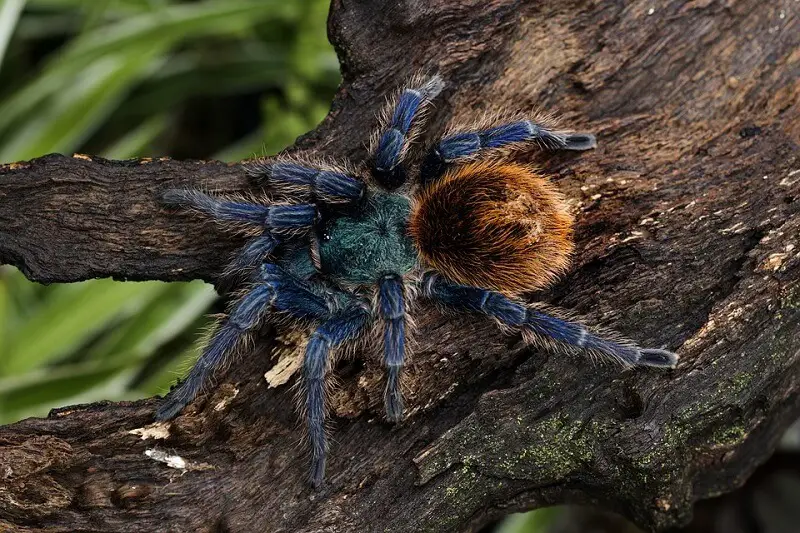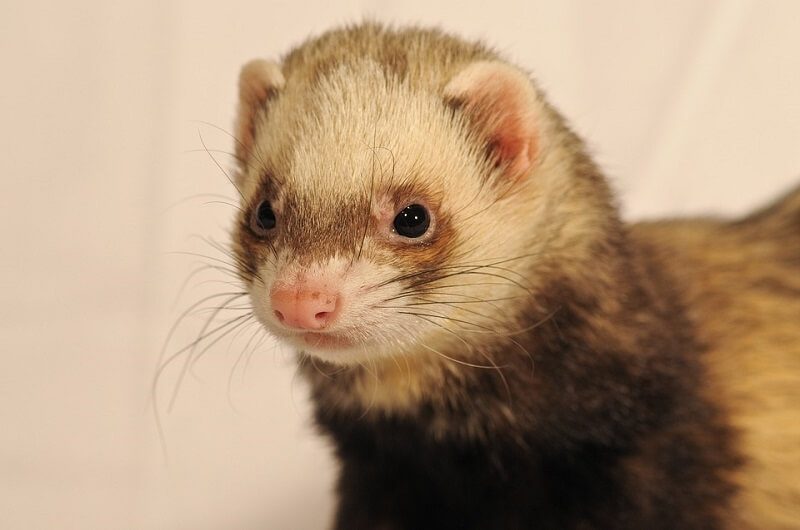All around the Earth, there are two main types of animals: vertebrates and invertebrates. Invertebrates, which are animals without a spine, are divided into different classes, such as arachnids and insects.
There are five main classes of vertebrate animals. These are birds, mammals, fish, reptiles, and amphibians. Each of these classes of animals has distinct characteristics that differ from the other classes of vertebrates.
For example, mammals are distinguished as having mammary glands, birds are born out of hard eggs and have feathers, fish have fins and scales and live in water, reptiles are cold-blooded, live on the ground, and have exfoliating skin, while amphibians are noted for living in water when they are young, but have lungs when they mature and therefore live on land.
So are birds Mammals?
Birds are not mammals, and they don’t have a common ancestor with mammals up to the dinosaur.
Definition
Birds are a biological taxon, a class. It refers to the class Phylum Chordata, in the kingdom of animals. A typical representative of the class is a crow, a chicken, a sparrow, a bat, a pigeon, a peacock, or a penguin, which is a flightless bird.
Mammal is a biological taxon. The mammal class is of the cordovan type, the animal kingdom. Typical representatives of this group of animals are rabbits, lions, cows, dolphins, and mollusks.
So no, birds are not mammals and there are quite a few differences between mammals and birds.
What is the difference between birds and mammals?
When one thinks about the differences between mammals and birds, the first thing that comes to mind is that birds lay eggs, unlike mammals, who give birth to live young.
Now, let’s look at other differences between mammals and birds. Birds can fly and have feathers, while mammals have only fur or hair. This feature is one of the main characteristics of birds that differentiate them from mammals. Birds use feathers in order to control their body temperature, fly and attract the opposite gender.
As birds have to fly, they have porous or empty bones. On the contrary, mammals have denser bones. Birds have wings, although mammals have legs, hands, and hooves.
You might also like my articles on whether there is any bird that can be considered a mammal, whether birds can have Down sindrome, and how to stop birds from chirping.
There is also a difference in feeding the young ones. Mammals feed their young with milk produced by the mammary glands. On the other hand, young birds are fed by parents with regurgitated partially digested food.
Both birds and mammals have a larynx. Mammals make sounds using the larynx while in birds, this organ does not produce sound. Instead of using the larynx for sound, birds possess a syrinx that serves as a voice box. Also, birds have beaks.
The lungs of birds are not able to expand or contract like the lungs of any mammal. In mammals, oxygen and carbon dioxide are exchanged in the alveoli, which are microscopic sacs in the lungs. In birds, the exchange happens in air capillaries that are the walls of microscopic tubules. While there is only one respiratory cycle in mammals, in birds there are two cycles.
Now, comparing blood, birds have a nucleus in RBS, while this is not generally seen in mammals. If there is a nucleus in RBS in mammals, then this is a sign of disease. Bird RBS is oval-shaped, while most mammalian RBS has a round shape.
What are the similarities between birds and mammals?
Most people are aware of at least some of the differences between birds and mammals. While they have feathers, birds don’t have teeth, and they lay eggs, mammals have fur or hair for heat storage and teeth for easier eating. Mammals give birth to live young as well. Although birds are more closely related to reptiles than mammals, birds and mammals share more common characteristics.
Warm-blooded
Both birds and mammals are warm-blooded, meaning they can maintain a constant body temperature and do not have to rely on an external heat source to stay warm. This similarity lends itself to several other common characteristics, such as similar caloric requirements in weight and the ability to stay active at colder temperatures.
Cold-blooded animals, such as reptiles, do not have to eat as much, but they cannot survive in colder temperatures either. Being warm-blooded also gives birds and mammals the unique ability to live in any place on Earth.
Vertebrates
All species of mammals and birds are classified as vertebrates, which means they have a backbone and skeletal systems made of bone. However, birds have hollow bones with a cross matrix for greater strength. The bare bones are light, which allows the bird to fly, while the structural matrix adds strength to withstand the pressure of takeoff and landing.
Heart
Like mammals, birds also require a lot of energy to fly. This also requires a circulatory system that is both efficient and effective. So, a four-chamber heart with two atria and two ventricles evolved, just like in mammals. One of the main benefits of this type of circulatory system in birds is that it allows the separation of oxygenated and deoxygenated blood.
Other animal species, such as reptiles, have hearts with fewer chambers, which means that oxygenated and deoxygenated blood must travel through some of the same chambers, being a much less efficient model.
Red blooded
 The blood of mammals and birds contains both red and white blood cells, called erythrocytes and leukocytes. Red blood cells in both animal classes contain hemoglobin, an iron-containing protein that is responsible for transporting oxygen and gives the blood its red color.
The blood of mammals and birds contains both red and white blood cells, called erythrocytes and leukocytes. Red blood cells in both animal classes contain hemoglobin, an iron-containing protein that is responsible for transporting oxygen and gives the blood its red color.
While both classes have erythrocytes, mammalian erythrocytes do not have a nucleus, while bird erythrocytes have nuclei. Leukocytes of both classes work in regulating their immunity.
Their care for the young ones
Another similarity between birds and mammals is that both classes care for their young after being hatched or born. The length of time varies from species to species, depending on the age at which the little ones are able to take care of themselves. Female mammals feed their young by nursing, while birds feed their young directly in the beak.
Are birds related to mammals?
So is there a common ancestor of birds and mammals? Modern birds are only related to mammals through a dinosaur ancestor. In fact, the synapsids, which include mammals and their ancestors, and the sauropsids, which are the ancestors of reptiles, split their ways during the Devonian Period. This happened during the “age of dinosaurs”, the Mesozoic Era, around 300 million years ago, according to TimeTree.org
Facts!
- Most birds are adapted to fly, but that’s not the case for mammals. Only birds have wings.
- Birds are ovipara, animals are viviparous.
- Birds are covered in feathers, while mammals in wool, hair, and fur.
- The number of bird species prevails compared to the number of mammal species.
- Unlike birds, mammals feed their young with milk produced by the female mammary glands.
- Birds have no teeth, while mammals have and they are very differentiated.
- Birds have four parts of the spine, while in mammals there are five parts.
- Both mammals and birds breathe air. The respiratory system of birds has a light and pulmonary pouch, allowing for a “double breath”. In mammals, breathing is performed by lungs with bronchial tubes using a diaphragm.
- The pulse rate of a bird exceeds the pulse rate of a mammal, but only in mammals, the blood “works” non-nuclear erythrocytes.
- In addition to the systems that contribute to flight, birds have a lower level of organ system functioning than mammals.
- Birds are more related to reptiles than to mammals.
In order to conclude, when someone asks you whether a bird can be a mammal, with all this information, you will be able to say that a bird is certainly not a mammal.




